The practice of cupping therapy has been employed as a form of alternative medicine in various cultures across the world for millennia. It involves placing cups on the skin, usually made of glass, bamboo, or silicone, and creating suction to create a vacuum effect. The suction promotes healing by increasing blood flow, reducing inflammation, and releasing muscle and fascia tension.
Over time, cupping therapy has evolved to include both traditional and modern techniques, making it adaptable to various therapeutic settings. It is now commonly used in physiotherapy for musculoskeletal issues, sports rehabilitation, and chronic pain conditions. While the approach remains rooted in ancient practice, ongoing research continues to explore what cupping therapy is used for in clinical settings, particularly its role in improving soft tissue mobility and aiding recovery.
Different Types of Cupping Therapy
Cupping therapy can be classified into various types based on the technique used, the method of suction applied, and how the cups are positioned or moved on the body. The choice of technique often depends on the individual’s condition, treatment goals, and physical tolerance.
By Primary Technique
This classification focuses on how the cups are used in relation to the skin, either with or without incisions.
Dry Cupping Therapy
In dry cupping therapy, plastic or silicone cups are placed on dry skin, sometimes with a small amount of lotion to allow for sliding. The suction created offers deep tissue stimulation, helping to relieve muscle tension and improve circulation. After removal, red circular marks may remain on the skin for a few days—this is a common and harmless side effect of the cupping procedure.
Wet Cupping Therapy / Hijama Therapy
Also known as hijama therapy, this method involves making tiny skin incisions before applying the cups. The aim is to draw out small amounts of blood, which is believed to help eliminate toxins and reduce inflammation. After the wet cupping therapy session, antiseptic measures are taken to avoid infection, and healing typically occurs within 7–10 days.
By Suction Method
This classification depends on how the suction or vacuum is created inside the cups.
Fire Cupping
Fire cupping is a traditional method where a flame is briefly introduced inside a glass cup to create a vacuum before placing it on the skin. The heat removes oxygen, forming suction as the air cools. Though it may look dramatic, this form of cupping treatment is safe when performed by trained professionals.
Pump or Electrical Vacuum Cupping
In this modern adaptation, suction is generated using a manual hand pump or an electrical vacuum device. This offers better control over the intensity and duration of suction and is often used in clinical cupping therapy settings for musculoskeletal treatment and rehabilitation.
By Application Style
This classification describes how the cups are applied or moved across the body during treatment.
Moving (Sliding) Cupping
In this approach, cups are first applied with light suction and then moved gently over the skin, often with the help of massage oil. This allows for broader fascia and muscle stimulation, similar to a deep tissue massage. It is especially effective for treating large areas of tightness or restricted mobility.
Flash (Empty) Cupping
Flash cupping involves rapidly applying and removing the cups multiple times over a wide area. This technique stimulates superficial circulation and warms up the tissue, making it useful as a pre-treatment in physiotherapy or sports recovery.
Cupping intensity may vary—weak, medium, or strong suction is chosen based on the individual's condition. Weak suction is ideal for elderly patients or children; medium is used for general muscle release; and strong suction is reserved for addressing chronic localized stasis or deep fascial restrictions.
Understanding what is cupping therapy and how each method works allows both patients and practitioners to select the most appropriate treatment for targeted relief and overall wellness.
Conditions Treated with Cupping Therapy
Cupping therapy is used to treat a variety of physical and functional conditions. By targeting key cupping points, it helps reduce pain, improve circulation, and promote recovery. Below are some of the most common conditions it can address:
- Arthritis: Cupping helps reduce joint inflammation and stiffness by improving blood flow around arthritic joints, particularly in the knees, hands, and spine.
- Headaches and Migraines: By relieving tension in the upper back, neck, and shoulders, cupping therapy can reduce the frequency and intensity of tension-related headaches.
- Back Pain: One of the most widely treated conditions, cupping along the spine decompresses tight muscles and fascia, offering deep pain relief and postural support.
- Muscle Tension and Stiffness: Ideal for athletes or sedentary individuals, it releases tight muscle fibres and restores normal range of motion in areas like the shoulders, calves, or hamstrings.
- Sports Injuries: Used post-exercise or injury, cupping therapy helps manage swelling, support muscle recovery, and reduce downtime.
- Fibromyalgia: Gentle cupping can provide pain relief and relaxation for individuals with fibromyalgia, targeting widespread soft tissue pain and fatigue.
- Respiratory Conditions: Cupping over thoracic cupping points can help clear congestion and improve breathing in cases of asthma, bronchitis, or chronic cough.
- Digestive Issues: Abdominal cupping stimulates digestive organs and may help relieve bloating, constipation, and irritable bowel symptoms.
- Chronic Fatigue and Stress: Regular cupping improves circulation and activates the parasympathetic nervous system, helping patients feel more energised and relaxed.
Understanding what cupping therapy is used for enables therapists to personalise treatment for musculoskeletal, respiratory, and systemic relief.
Benefits of Cupping Therapy
Cupping therapy offers a wide range of therapeutic and wellness benefits, making it a valuable addition to modern physiotherapy and rehabilitation practices. By creating suction on targeted cupping points, the treatment stimulates blood flow, releases muscular tension, and supports the body’s natural healing processes. Below are some of the important cupping therapy benefits:
Pain Relief & Musculoskeletal Support
- Alleviates chronic pain by reducing muscle tightness, especially in the back, neck, and shoulders.
- Supports treatment for arthritis, fibromyalgia, and joint stiffness through improved tissue mobility.
- Complements other manual therapies such as massage or joint mobilisation in physiotherapy settings.
Improved Circulation & Tissue Healing
- Stimulates blood flow to promote faster recovery from injuries.
- Enhances nutrient delivery to damaged tissues, supporting tissue regeneration and cell repair.
- Aids in resolving fascial restrictions and soft tissue adhesions.
Reduced Inflammation & Detoxification
- Helps remove stagnation and metabolic waste by drawing it to the skin’s surface.
- Commonly used in wet cupping therapy to release small amounts of blood and reduce toxin build-up.
- Supports the lymphatic system in flushing out inflammatory fluids.
Sports Recovery & Muscle Performance
- Used by athletes to reduce post-training soreness and muscle fatigue.
- Improves flexibility and performance by targeting high-tension cupping points.
- Encourages faster return to activity after strains or soft tissue injuries.
Skin & Cosmetic Benefits
- Promotes healthy skin by boosting circulation and oxygenation.
- Can help treat conditions like acne, cellulite, and dull complexion.
- Increases collagen production and detoxifies the skin through targeted suction.
Immune Function & Well‑Being
- Enhances immune response by stimulating local and systemic circulation.
- Supports respiratory health, especially in conditions like asthma or bronchitis, through thoracic cupping therapy.
- Helps regulate the nervous system, promoting overall wellness.
Other Possible Benefits
- Digestive relief: Helps ease bloating, constipation, and IBS symptoms by stimulating gut motility.
- Urinary support: May improve circulation in pelvic regions, assisting in urinary retention or bladder dysfunction.
- Chronic fatigue: Increases energy levels and reduces physical exhaustion by promoting blood flow.
- Stress relief: Encourages relaxation and mental calm through myofascial release and parasympathetic activation.
Risks and Contraindications of Cupping Therapy
While cupping therapy is generally safe when performed by a trained and qualified practitioner, there are potential risks and specific contraindications that must be considered. Understanding these can help ensure safe application and avoid unwanted complications.
Risks of Cupping Therapy
Although generally safe, cupping may cause temporary side effects or complications, especially if performed incorrectly or without proper hygiene protocols. Following are some of the risks associated with cupping therapy:
- Skin Discolouration or Bruising: Temporary circular marks or bruises are common and harmless but may persist for up to 10 days.
- Skin Infections: This is particularly relevant in wet cupping therapy, where skin incisions are made. Improper hygiene can lead to localised infections if not handled with proper antiseptic care.
- Burns: In rare cases, fire cupping can result in burns if the flame is mismanaged or the cup is overheated.
- Allergic Reactions: Patients with sensitive skin may react to oils or lotions used during the cupping procedure.
- Scarring or Blistering: Overuse or aggressive suction may lead to skin blistering or permanent marks, especially in areas with thin or delicate skin.
Contraindications for Cupping Therapy
Certain health conditions or medical devices may make cupping unsafe or require careful modification—practitioners should screen for these before starting any treatment. Cupping should be avoided or modified for individuals with the following conditions:
- Pregnancy and Menstruation: Avoid cupping on the lower back or abdomen during these periods due to hormonal sensitivity.
- Bleeding or Clotting Disorders: Conditions like haemophilia, low platelet counts, or use of blood-thinning medication can increase the risk of bruising or internal bleeding.
- Skin Disorders: Active eczema, psoriasis, dermatitis, or open wounds in the area of application can worsen with suction.
- Pacemakers or Implanted Devices: Patients with pacemakers or electrical implants should not receive cupping therapy over the chest or back due to pressure interference.
- Varicose Veins or Severe Vascular Issues: Suction can worsen vein fragility or increase pressure in affected areas.
- Severe Medical Conditions: Individuals with cancer, liver failure, kidney failure, or immune-suppressive conditions should avoid cupping unless cleared by a physician.
Before undergoing treatment, it’s important to consult with a healthcare provider or licensed physiotherapist to determine what is cupping treatment appropriate for your individual needs and whether it’s safe for your condition.
Overview of Cupping Points
Cupping points are specific areas on the body where cups are applied to target pain, tension, or organ dysfunction. These points are often chosen based on muscular tightness, meridian lines in traditional medicine, or functional zones used in physiotherapy. The selection of cupping points depends on the condition being treated and the desired therapeutic effect.
Common Back & Neck Points
- The upper back, trapezius, and rhomboid areas are frequently treated in cupping therapy for muscle stiffness and postural strain.
- Points along the spine (e.g., T3–T9) are used to relieve tension, improve circulation, and address fatigue or stress.
- The cervical-thoracic junction is ideal for reducing headaches, neck pain, and shoulder tightness.
Joint-Specific Points
- What is cupping treatment for joints? It's a technique that decompresses tight fascia around joints and restores movement.
- Cups may be applied near the knees, shoulders, elbows, and hips to improve joint mobility and reduce inflammation.
- These points are often used in sports rehab to relieve strain on tendons, ligaments, and adjacent muscle groups.
Chest, Abdomen & Respiratory Points
- The chest and upper rib cage areas are used to support lung function and relieve respiratory conditions like asthma and bronchitis.
- Abdominal points help in managing digestive complaints such as bloating, IBS, and sluggish bowel movements.
- Cups are applied with lighter suction in these areas due to sensitivity.
Facial & Head Points
- Facial cupping therapy improves circulation and may support skin health, sinus relief, and TMJ dysfunction.
- Scalp or temple points are sometimes used to relieve migraines, stress, or sleep issues.
- Gentle silicone cups are preferred for facial areas to prevent bruising.
How is Cupping Therapy Performed
A typical cupping therapy session follows a structured approach, ensuring safety, comfort, and therapeutic effectiveness. The cupping procedure may vary slightly based on the technique used—dry, wet, or fire cupping—but the following steps outline a general treatment process:
Step 1: Preparation
- The therapist assesses your condition, medical history, and areas of concern.
- Skin over the target area is cleaned and dried. In some cases, light oil or lotion is applied to allow for sliding cups.
- For wet cupping therapy, the skin is sanitised and small incisions are prepared.
Step 2: Cup Selection & Tools
- Cups may be made of glass, plastic, bamboo, or silicone.
- Tools used include:
- Manual hand pumps
- Fire cupping equipment (cotton swab + alcohol + lighter)
- Electric vacuum devices for adjustable pressure
- The number of cups used can range from 3 to 10, depending on treatment goals.
Step 3: Suction Creation
- Suction is created using one of the following:
- Hand pump: Controlled vacuum with plastic cups
- Fire cupping: Flame creates negative pressure in a glass cup
- Electrical suction: Used for consistent pressure, common in clinical physiotherapy settings
- Once placed, the cups create a pulling sensation as the skin rises into the cup.
Step 4: Duration & Cup Placement
- Cups are typically left in place for 5 to 15 minutes, depending on patient tolerance and treatment intensity.
- In moving cupping, the cups are gently glided across the skin.
- In flash cupping, cups are applied and removed repeatedly for stimulation.
Step 5: Post-Treatment Care
- After removing the cups, the area may show circular red or purple marks—these are not painful and usually fade in 3 to 10 days.
- In wet cupping, antiseptic ointment and bandages are applied to prevent infection.
- The patient is advised to stay hydrated and avoid strenuous activity for a few hours.
Understanding what is cupping treatment and how it is performed helps set realistic expectations and ensures a safe and effective experience.
What to Expect During a Cupping Therapy Session
While the cupping procedure involves specific technical steps, the patient experience is generally calm, comfortable, and therapeutic. Here’s what you may feel during your session:
- Mild Suction Sensation: As the cups are applied, you’ll feel a gentle pulling or tightness where the skin is drawn into the cup. This sensation is typically well-tolerated and not painful.
- Deep Warmth or Pressure: Depending on the technique (e.g., dry cupping therapy or fire cupping), you might notice a deep warming effect in the muscles being treated. This helps promote relaxation.
- Stillness or Gentle Movement: In stationary techniques, you remain still while cups stay fixed in place. In sliding or moving cupping, the therapist may glide the cups to stretch soft tissues—this feels like a deep-tissue massage.
- Gradual Tissue Release: Many patients report a sense of tension “melting away” as the therapy progresses, especially in areas with muscular knots or stiffness.
- Calm Mental State: Sessions are often quiet, allowing you to unwind while your body responds to the treatment. Light communication with your therapist ensures comfort throughout.
What to Expect After a Cupping Session
After a cupping therapy session, your body may continue responding for several hours or days. Here’s what’s typical and how to care for yourself:
- Circular Skin Marks: You may notice red or purple rings where cups were applied. These are normal, painless, and fade within 3 to 10 days. They're a sign of blood being drawn to the surface, not bruising from trauma.
- Mild Muscle Soreness: Similar to post-workout soreness, your muscles may feel tender for a day or two, especially if strong suction or wet cupping therapy was used.
- Fatigue or Lightheadedness: Some patients experience a temporary drop in energy post-session as the body adjusts to improved circulation and detoxification.
- Aftercare Recommendations: Stay hydrated to support lymphatic drainage and avoid saunas, alcohol, or intense physical activity for at least 24 hours.
- When to Contact Your Therapist: If you notice prolonged pain, skin irritation, or signs of infection (especially after hijama therapy), follow up promptly.
Understanding what does cupping therapy do after treatment helps you appreciate its ongoing effects on your recovery and well-being.
The Role of Physiotherapy Cupping in Modern Rehab
Cupping therapy has found a valuable place in modern physiotherapy, offering a hands-on technique to support musculoskeletal recovery, pain management, and functional mobility.
- Integrated with Manual Therapy: Cupping complements soft tissue mobilisation, trigger point release, and stretching by improving tissue hydration, elasticity, and circulation.
- Used for Musculoskeletal Conditions: It's effective in managing back pain, shoulder stiffness, sports injuries, and postural imbalances, particularly where myofascial restrictions are involved.
- Supports Functional Recovery: Physiotherapists may use cupping to prepare muscles before movement retraining or to reduce soreness after intensive rehabilitation sessions.
- Enhances Patient Outcomes: Combined with exercises and education, cupping contributes to faster recovery timelines, better mobility, and improved quality of life.
- Customised Treatment Plans: The number, type (e.g., dry cupping therapy), and location of cups are tailored based on the patient’s diagnosis, tissue response, and overall rehab goals.
Cupping is no longer just a traditional remedy—it is now a strategic, science-backed tool in progressive physiotherapy practice.
Explore the Benefits of Cupping Therapy with Physiotattva
At Physiotattva, we blend ancient healing with evidence-based physiotherapy to deliver personalised cupping therapy for pain relief, muscle recovery, and stress reduction. Our skilled therapists customise every cupping procedure to your condition, offering a safe, natural path to lasting physical relief.
Though ongoing research explores what is cupping treatment, countless patients experience reduced inflammation, improved mobility, and deeper relaxation. Integrated into physiotherapy plans, the long-term cupping therapy benefits are significant. Book your consultation with Physiotattva today and start your journey toward better movement, health, and holistic well-being.
At Physiotattva physiotherapy clinics in Bangalore and Hyderabad, you receive personalised care tailored to your specific needs, ensuring effective results and comfort throughout your journey to recovery.
Don’t wait to start your recovery! Get in touch with Physiotattva for more details! Contact us at +91 89510 47001.


.webp)

-Physiotherapy.webp)
-for-Shoulder-Pain-Relief.webp)
-for-Knee-Pain-Relief.webp)


-for-Back-Pain-Relief%20(1).webp)





.webp)











.webp)


.webp)

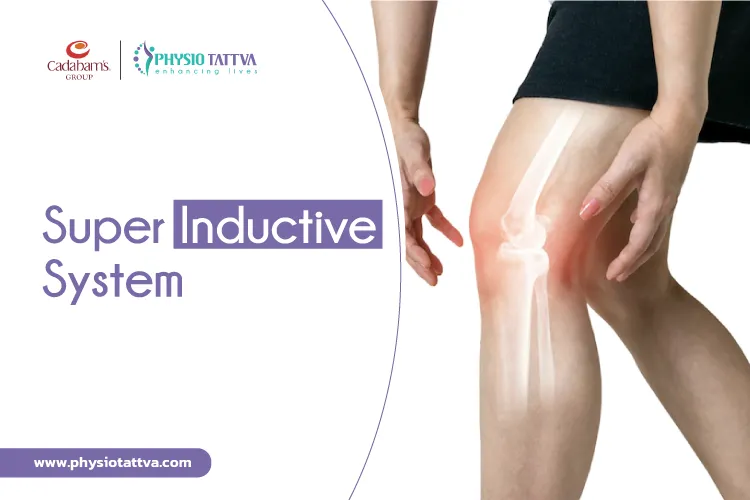

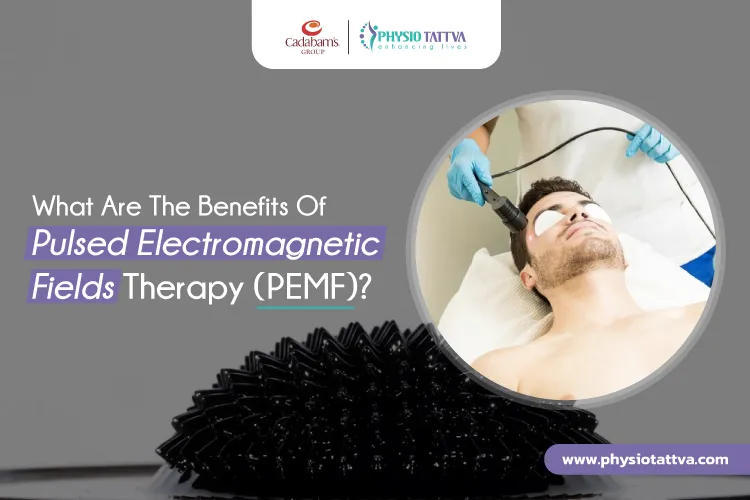

.webp)


.webp)
.webp)

.webp)
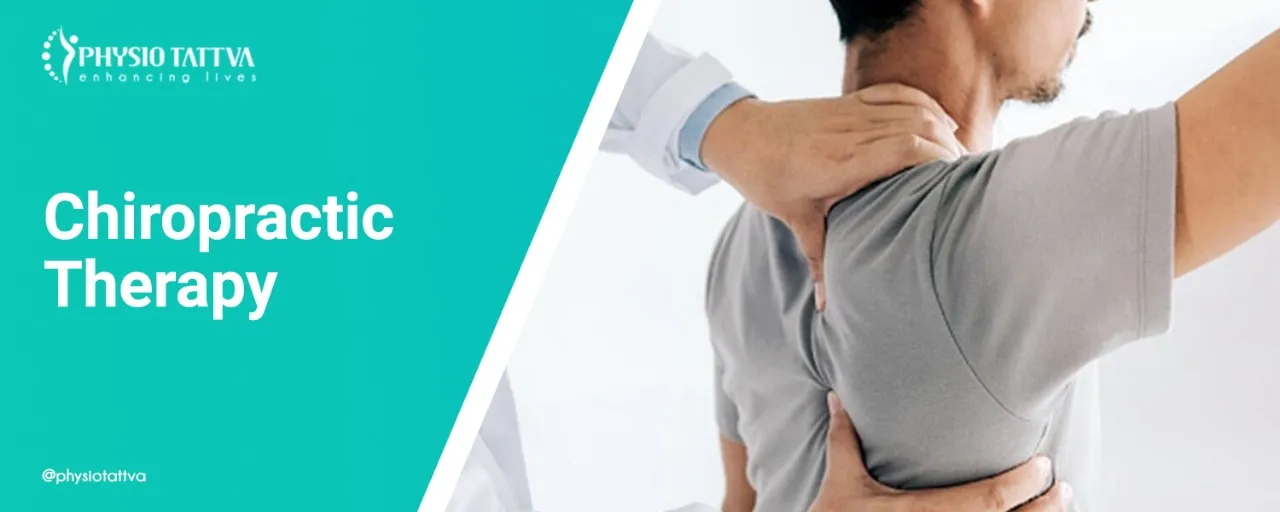
.webp)

.webp)
.webp)
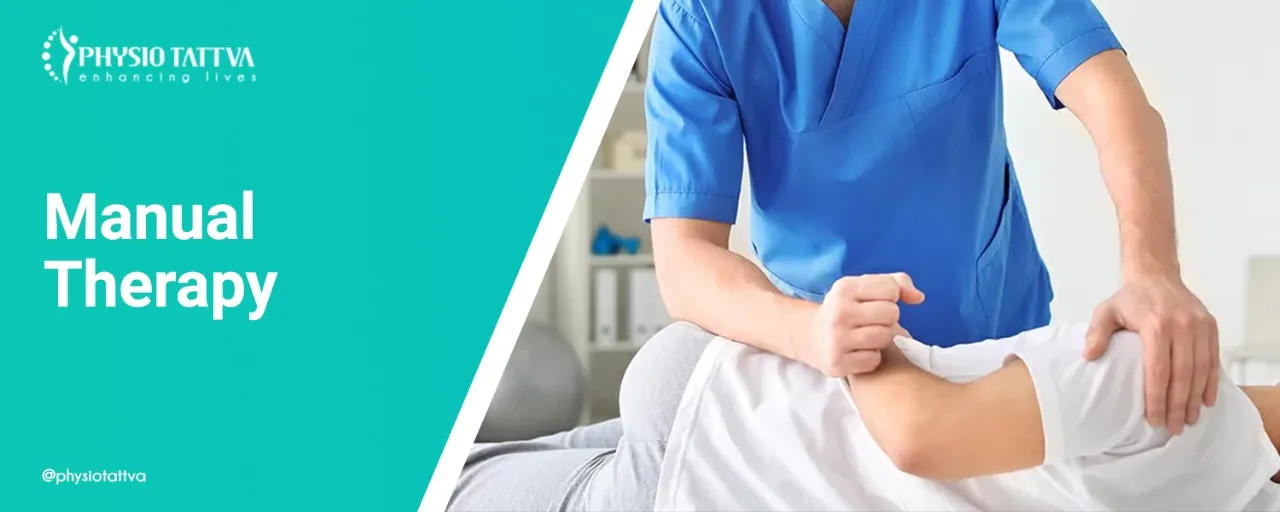
.webp)

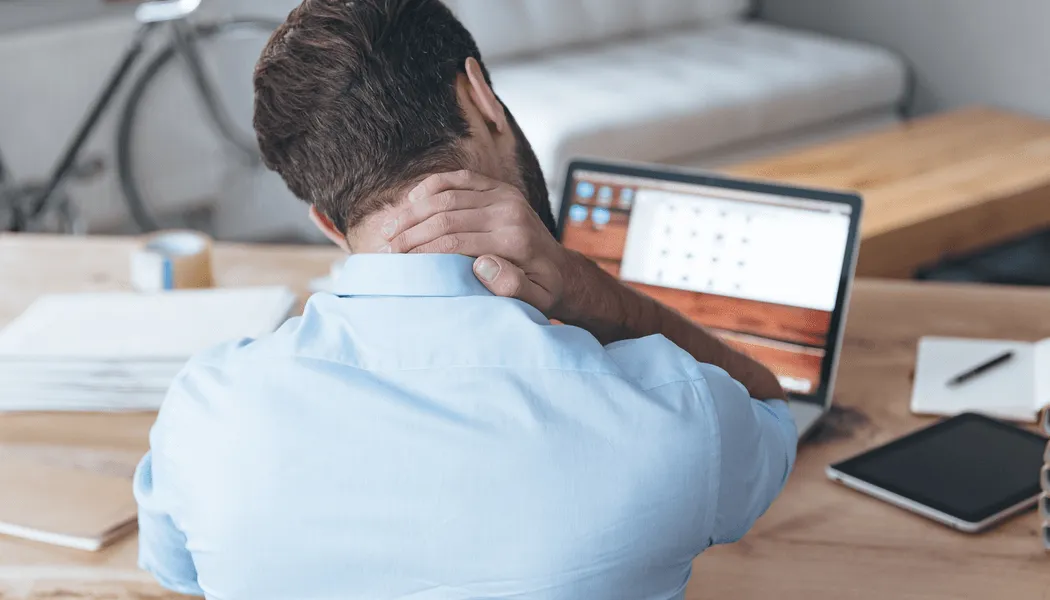
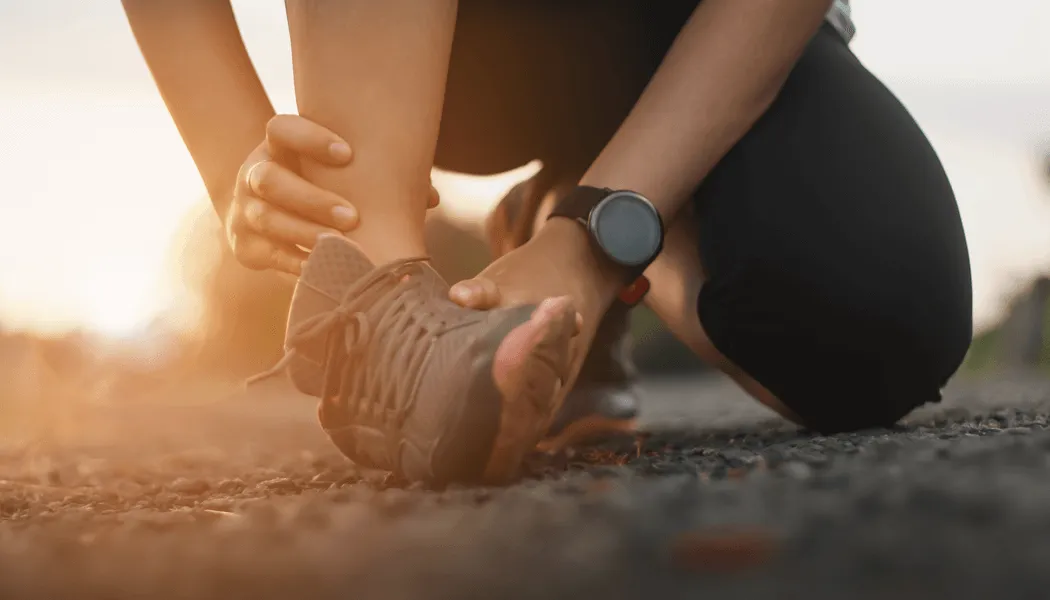



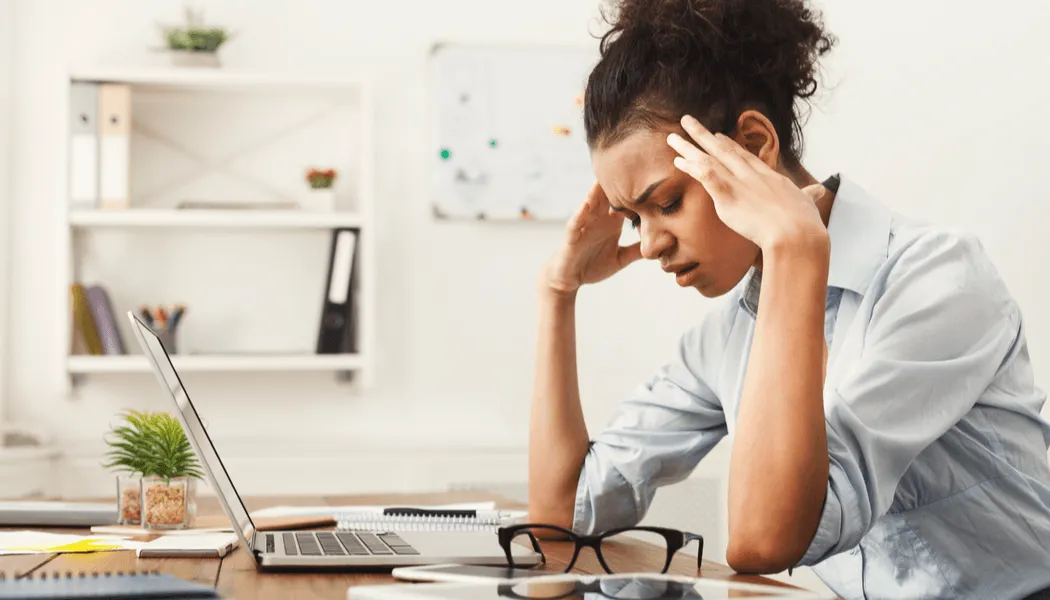
.webp)
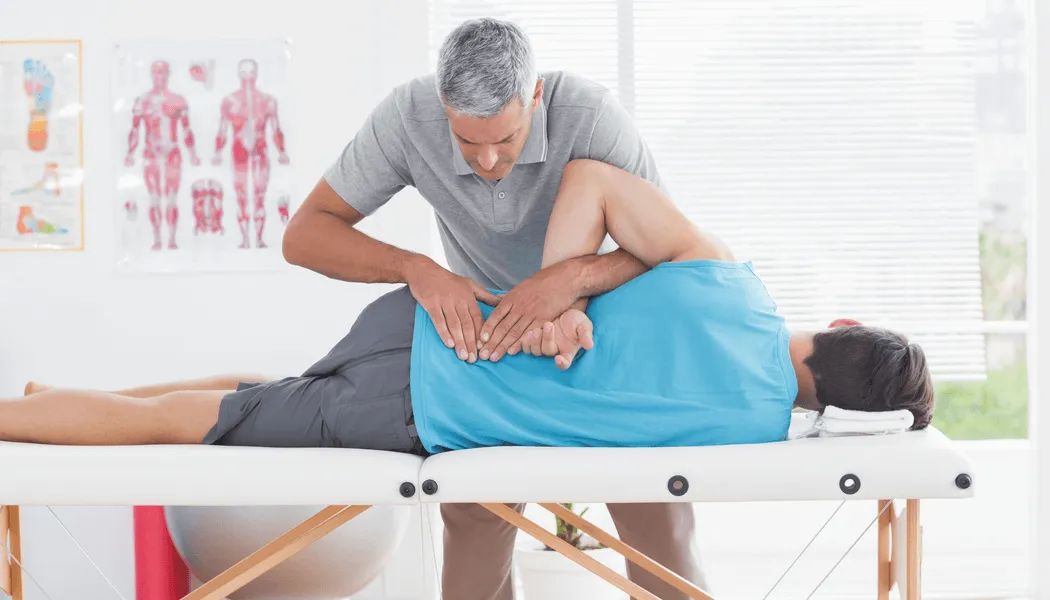

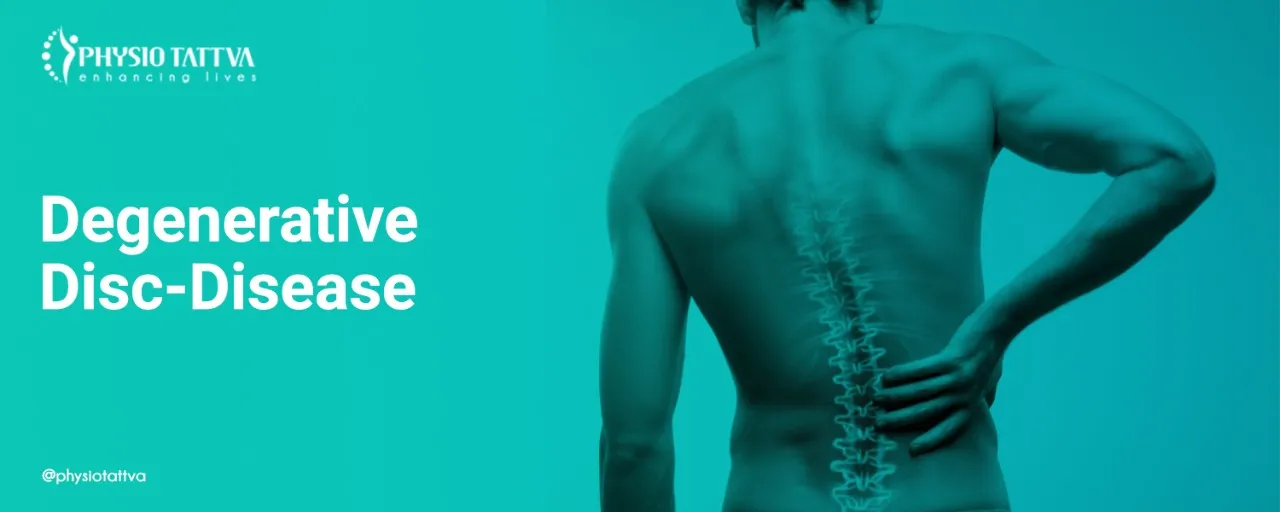

.jpeg)

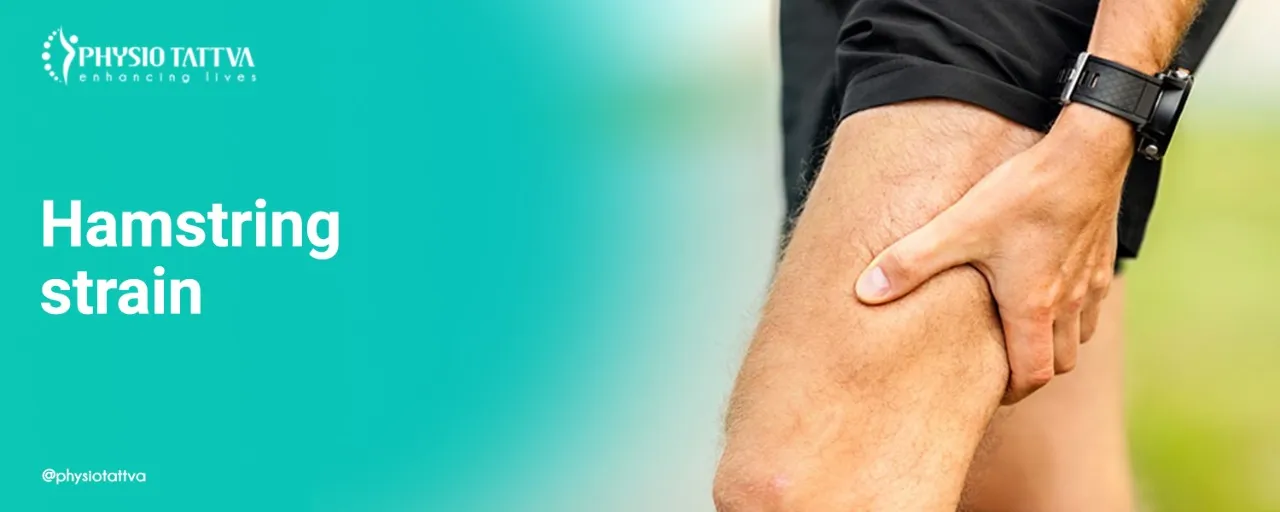

.webp)



.webp)
.webp)







.png)



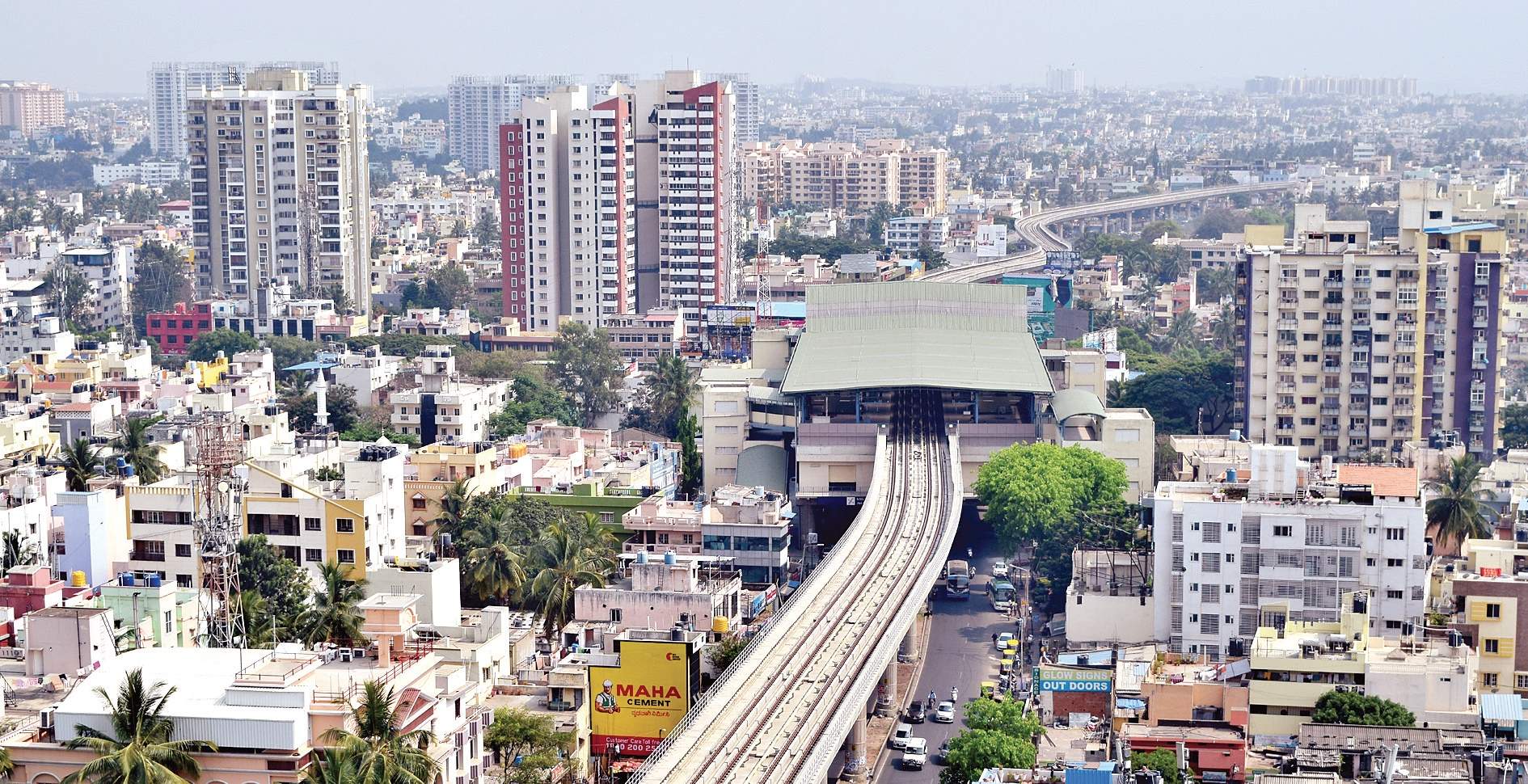

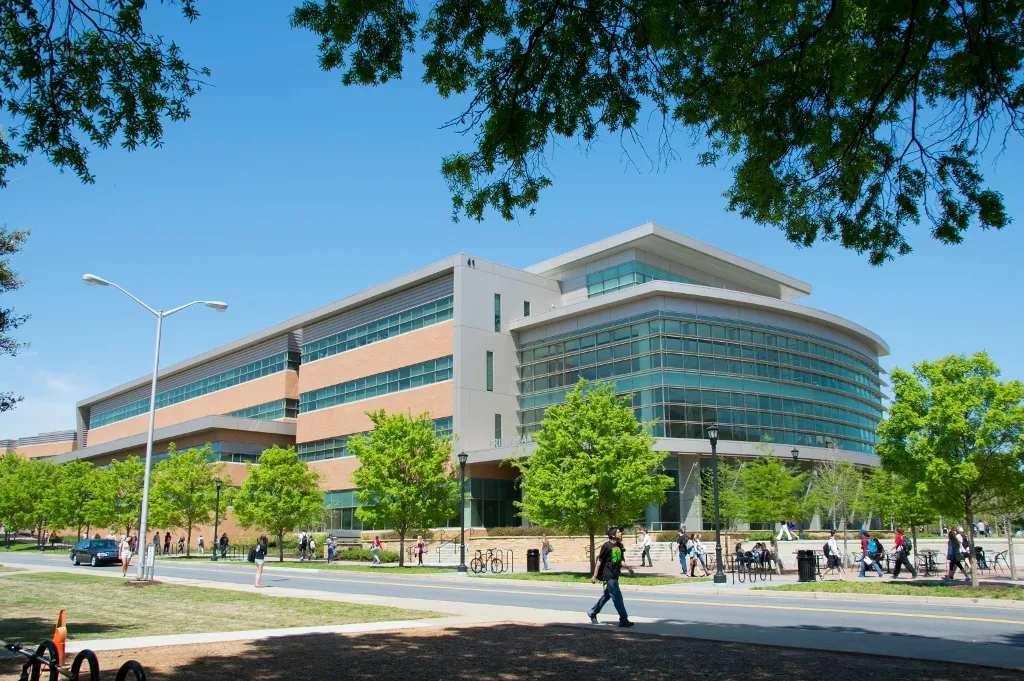
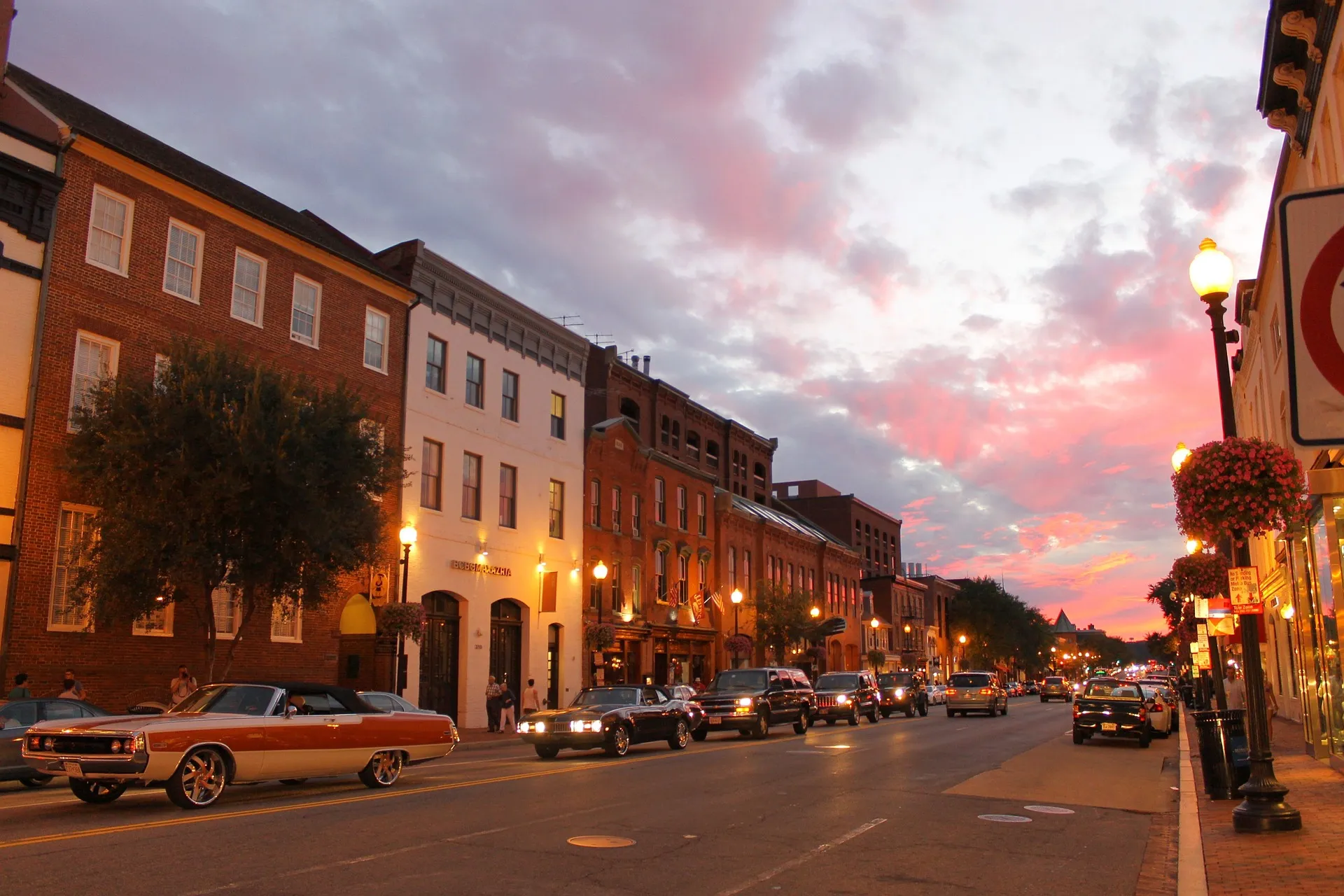


%20(1)-p-3200.jpeg)

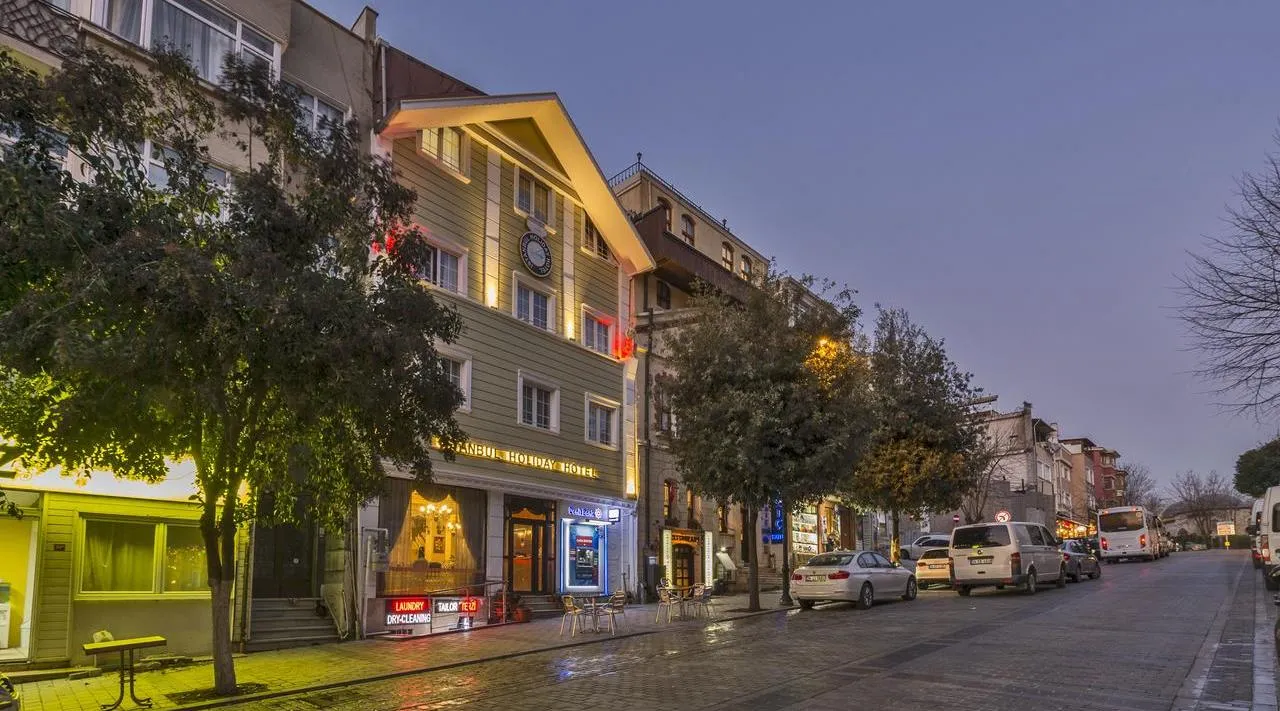
.jpg)
.webp)
.webp)
.webp)


.webp)


